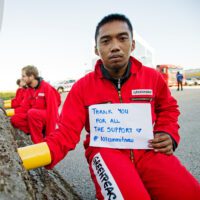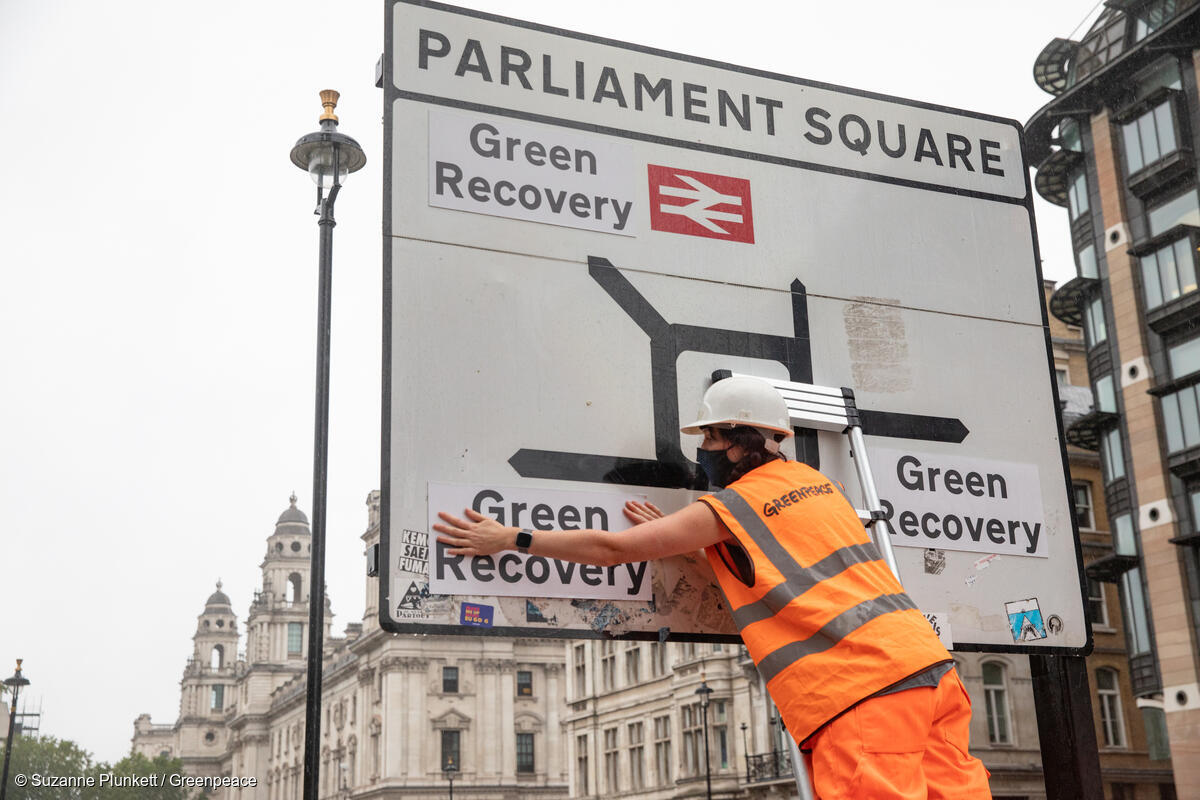Trained activists are at the heart of Greenpeace’s world-changing campaigns, and there are different roles to suit your skills and situation.
Applications for the July training weekend are now closed, but we’ll be scheduling more as soon as possible. Sign up below to get an email as soon as applications reopen.












